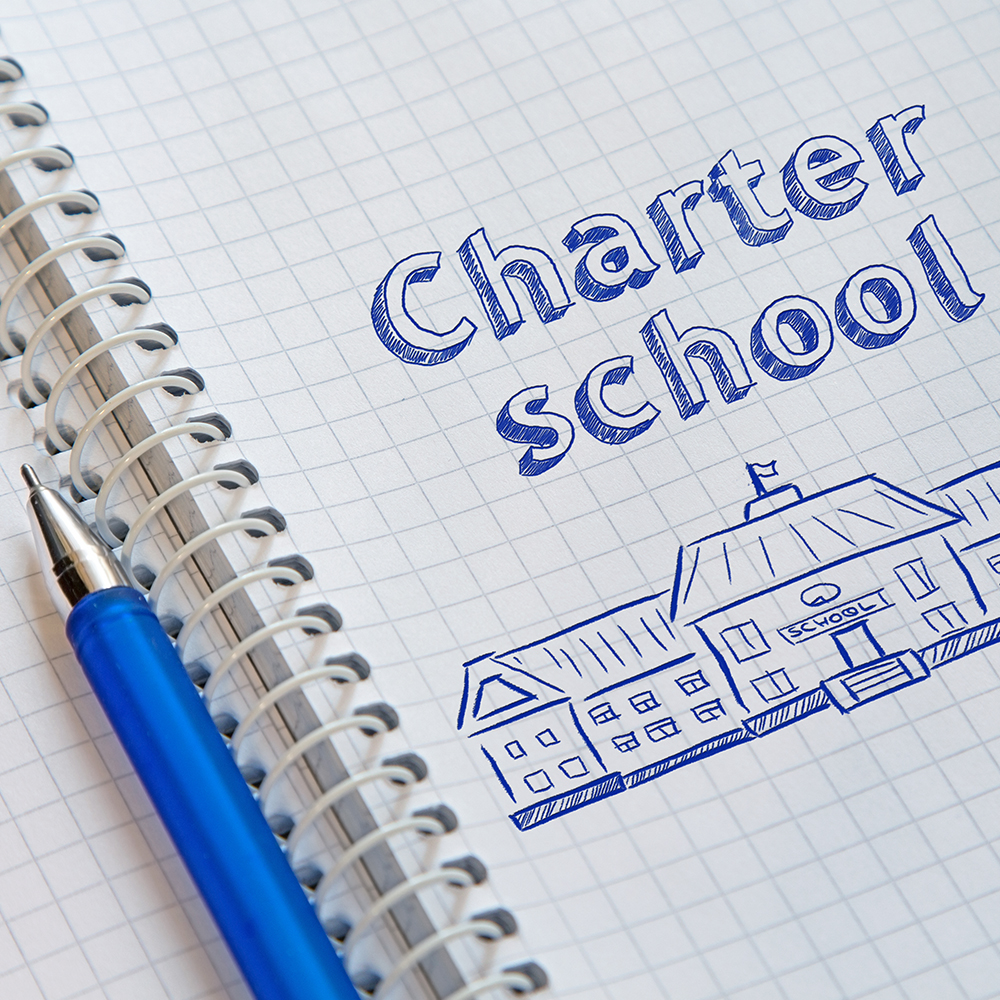One of the most rewarding aspects of my job has been the opportunity to meet innovative education leaders whose learning models are making a big difference in the lives of students. Amongst these educators, Cameron Curry, who helped to start Classical Academies and now serves as CEO, is right at the top, so it was a huge pleasure to reconnect with him recently over breakfast.
In my 2019 book Choosing Diversity: How Charter Schools Promote Diverse Learning Models and Meet the Diverse Needs of Parents and Children, I profiled a number of highly successful charter schools from around the country.
One of the charters I profiled was Classical Academy, which uses a hybrid-learning model that melds homeschooling and on-campus instruction.
Founded in 1999, Classical Academy focuses on homeschooling parents and their children who want a partnership with a brick-and-mortar charter school. Starting with a handful of families at one location in Escondido, the charter school now has several locations in San Diego County with 5,300 students in grades K to 12.
At the Academy, students are homeschooled through independent study for part of the week and attend instructional workshops for the other part of the week.
In the COVID era, with so many parents disappointed by the inability of the regular public schools to address the individual needs of their children, both academically and socially, Classical Academy’s flexibility and individual attention to students were a perfect fit for parents disillusioned by the one-size-fits-all public schools.
Classical Academy partners with parents using a T-C-A concept—trust, collaboration, and accountability.
“We trust that parents and their guardians,” says Curry, “have the best interests of their students at all times” and that parents “are the primary educators, and our teachers are there to support them in their effort.” This refreshing view is in stark contrast to too many regular public schools that see parents as a hindrance and that keep vital information from parents.
“We collaborate with parents to create the best personalized academic programs for their student,” he says. Again, this model contrasts with the cookie-cutter curriculum-and-teaching model employed by most regular public schools.
Finally, he emphasizes, parents and teachers hold each other accountable through regular parent-teacher conferences that review student deficiencies and decide upon ways to improve student performance. Again, in too many regular public schools there is no accountability, whether it is for student achievement, student behavior, or for the performance of teachers and administrators.
This hybrid-learning model has produced amazing results.
While many regular public schools saw their student achievement scores decline during the COVID pandemic years, Classical Academy’s results rose.
On the 2022 California state English language arts test, 63 percent of Classical Academy students met or exceeded state standards—a five-percent increase over 2017. In comparison, just 47 percent of students statewide met or exceed state English standards, which was a two-percent drop from 2017.
In math, 50 percent of Academy students met or exceeded state standards on the 2022 state math test—a six-percent increase over 2017. Among all California students, a mere 33 percent met or exceeded state math standards, which was a five-percent drop from 2017.
And it was not just one demographic that powered this high performance. As the Academy points out, the school’s “student subgroups nearly across the board saw increases in the percentage of students who met or exceeded standards.”
How has the Academy been able to raise student performance while their regular public school counterparts struggle?
One way is the implementation of a technology program that allows their homeschooled students to receive help in math from a teacher in real time as they are struggling or as questions pop up.
As the Academy notes, “These technical supports improve content deliver while simplifying and streamlining curriculum for families,” with the result of “improved college and career readiness.”
Curry told me that the Academy is always seeking to innovate.
For example, at their campus in Vista in San Diego County, the Academy is seeking to modify its charter to include dual language immersion, which would give students both English and Spanish language skills.
The program, says the school, will improve academic performance, cultural understanding, career opportunities, and communication skills. Given the Academy’s track record, it seems likely to achieve these goals.
Classical Academy’s example demonstrates the importance of empowering parents so they can choose the best education that meets the needs of their own children.
As Curry concludes: “Choice in public education helps all boats rise. When we succeed, the community succeeds. We’re helping school districts meet the diverse academic needs of all students because we understand that not all students will be successful in a traditional school setting.”
Sacramento lawmakers, who have often put obstacles up to charter schools like Classical Academy, should take note and make it easier, not harder, for such schools to thrive.
Lance Izumi is senior director of the Center for Education at the Pacific Research Institute. He is the author of the PRI book Choosing Diversity: How Charter Schools Promote the Diverse Learning Models and Meet the Diverse Needs of Parents and Children.

